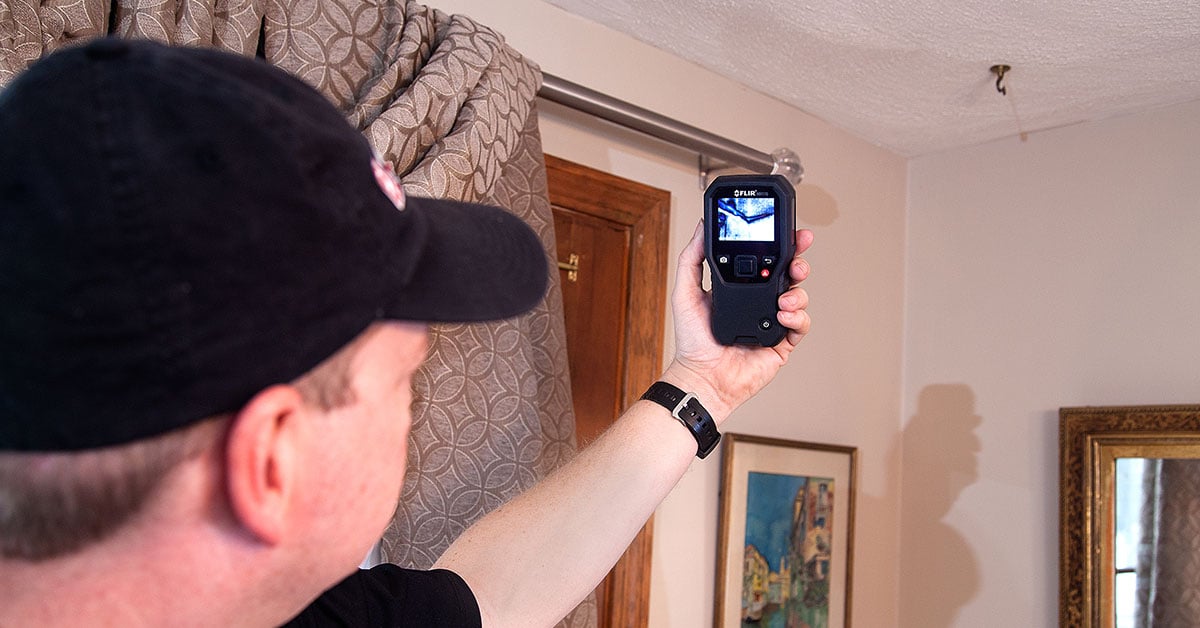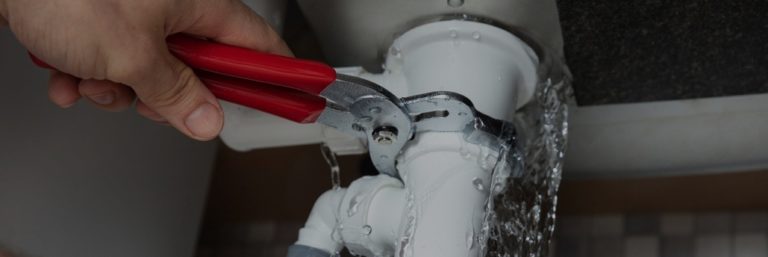Exposing Secret Water Line Leaks: 6 Useful Detection Tips
Exposing Secret Water Line Leaks: 6 Useful Detection Tips
Blog Article
This great article down below in relation to Detecting hidden plumbing leaks is extremely stimulating. Give it a go and draw your own personal results.

Early discovery of dripping water lines can alleviate a prospective disaster. Some tiny water leakages may not be visible.
1. Examine the Water Meter
Examining it is a surefire method that aids you discover leakages. If it relocates, that indicates a fast-moving leak. This indicates you might have a slow leak that can even be underground.
2. Inspect Water Usage
Analyze your water costs and track your water consumption. As the one paying it, you need to notice if there are any inconsistencies. If you find sudden changes, in spite of your consumption being the same, it suggests that you have leakages in your plumbing system. Bear in mind, your water expense ought to fall under the same variety monthly. An unexpected spike in your bill suggests a fast-moving leakage.
A constant boost every month, also with the same practices, shows you have a sluggish leakage that's also gradually escalating. Call a plumber to extensively check your property, particularly if you feel a warm location on your flooring with piping below.
3. Do a Food Coloring Examination
When it comes to water usage, 30% comes from toilets. If the color in some way infiltrates your bowl during that time without flushing, there's a leak in between the tank and dish.
4. Asses Outside Lines
Do not fail to remember to check your outside water lines also. Must water seep out of the link, you have a loose rubber gasket. One small leakage can lose loads of water and also spike your water bill.
5. Assess the circumstance and check
Property owners need to make it a practice to check under the sink counters as well as also inside cupboards for any bad odor or mold development. These two red flags show a leakage so prompt interest is needed. Doing regular evaluations, even bi-annually, can save you from a major issue.
Extra notably, if you understand your house is currently old, keep a watchful eye on your heating units, hose pipes, pipes etc. Look for discolorations as well as damaging as the majority of pipes and also devices have a life expectancy. They will certainly likewise normally degrade because of wear and tear. Don't wait for it to intensify if you presume dripping water lines in your plumbing system. Call a specialist plumber as soon as possible so you do not wind up with a dreadful mess in your home.
Early detection of dripping water lines can minimize a prospective catastrophe. Some small water leaks might not be visible. Checking it is a proven method that helps you find leaks. One little leak can waste heaps of water and increase your water expense.
If you presume leaking water lines in your plumbing system, do not wait for it to intensify.
WARNING SIGNS OF WATER LEAKAGE BEHIND THE WALL
PERSISTENT MUSTY ODORS
As water slowly drips from a leaky pipe inside the wall, flooring and sheetrock stay damp and develop an odor similar to wet cardboard. It generates a musty smell that can help you find hidden leaks.
MOLD IN UNUSUAL AREAS
Mold usually grows in wet areas like kitchens, baths and laundry rooms. If you spot the stuff on walls or baseboards in other rooms of the house, it’s a good indicator of undetected water leaks.
STAINS THAT GROW
When mold thrives around a leaky pipe, it sometimes takes hold on the inside surface of the affected wall. A growing stain on otherwise clean sheetrock is often your sign of a hidden plumbing problem.
PEELING OR BUBBLING WALLPAPER / PAINT
This clue is easy to miss in rooms that don’t get much use. When you see wallpaper separating along seams or paint bubbling or flaking off the wall, blame sheetrock that stays wet because of an undetected leak.
BUCKLED CEILINGS AND STAINED FLOORS
If ceilings or floors in bathrooms, kitchens or laundry areas develop structural problems, don’t rule out constant damp inside the walls. Wet sheetrock can affect adjacent framing, flooring and ceilings.
https://www.servicemasterbyzaba.com/blog/how-to-detect-water-leakage-in-walls/

I'm certainly very focused on Leaking water lines and I really hope you liked our blog entry. Those who enjoyed our article plz don't forget to share it. Thank-you for your time invested reading it.
Immediate attention? Call! Report this page